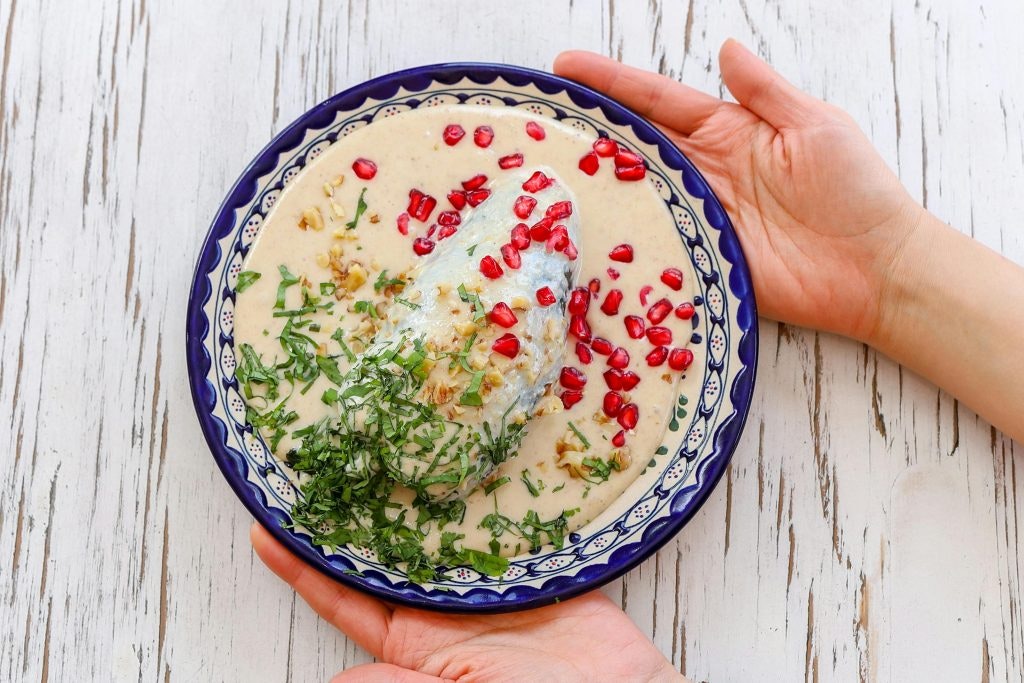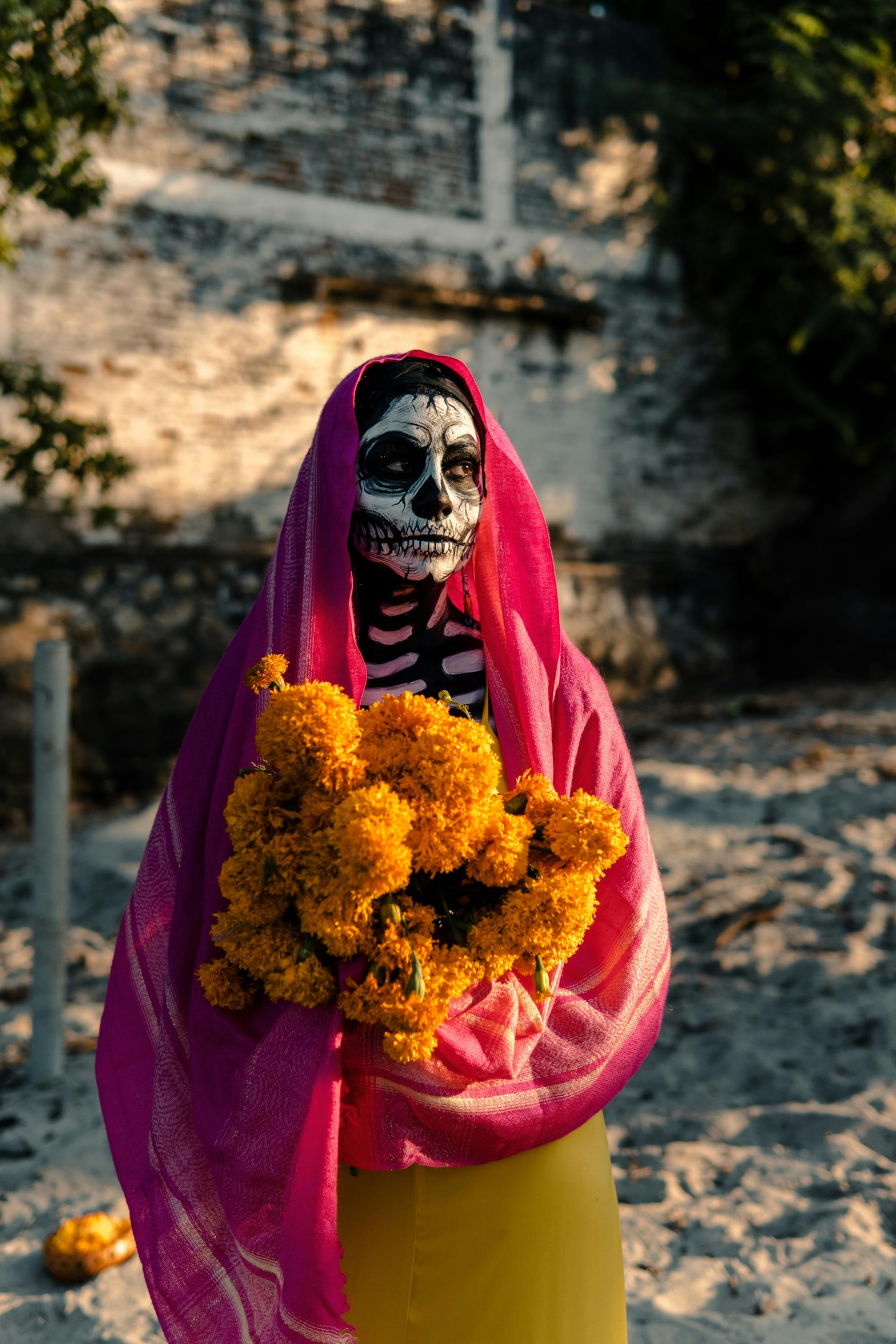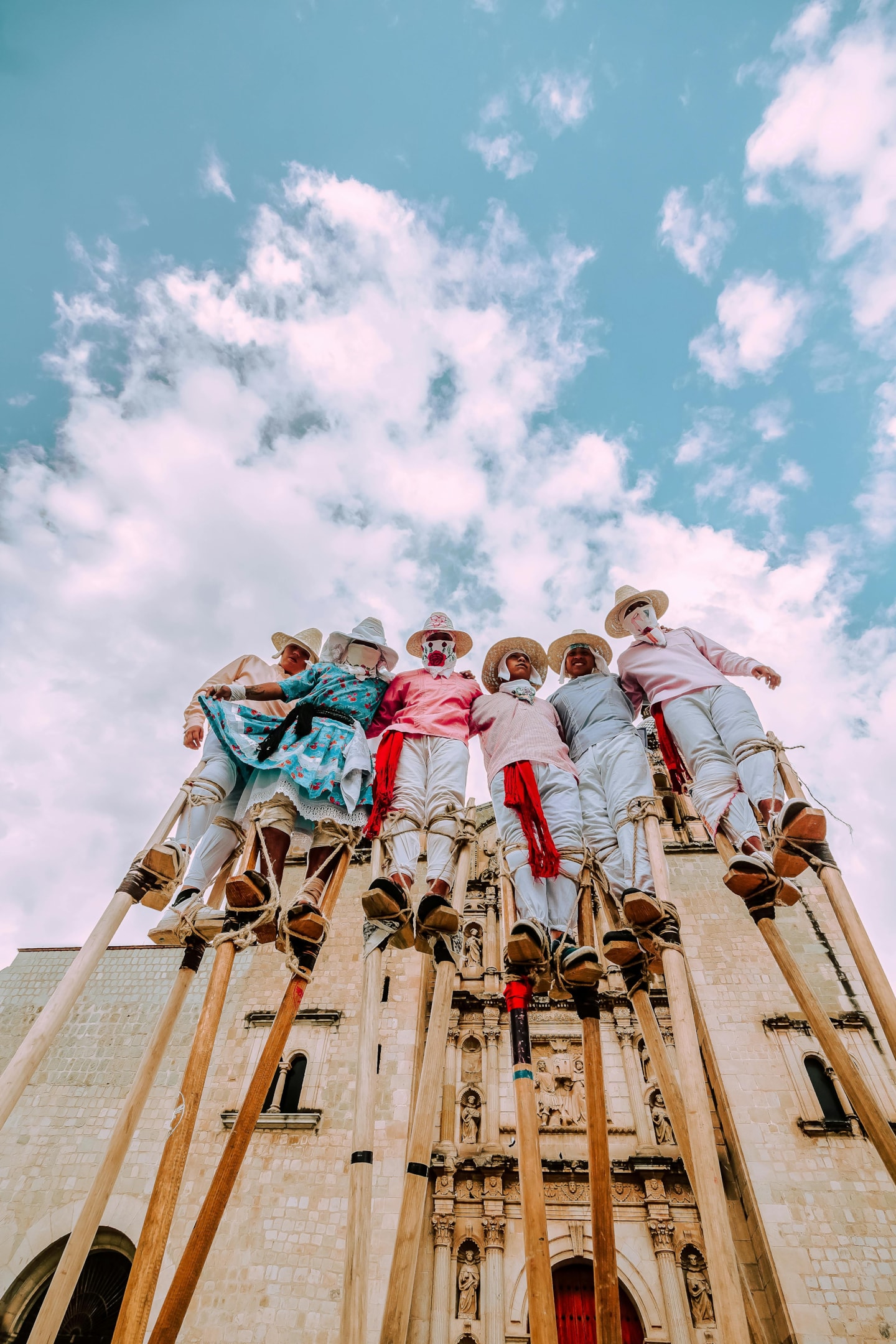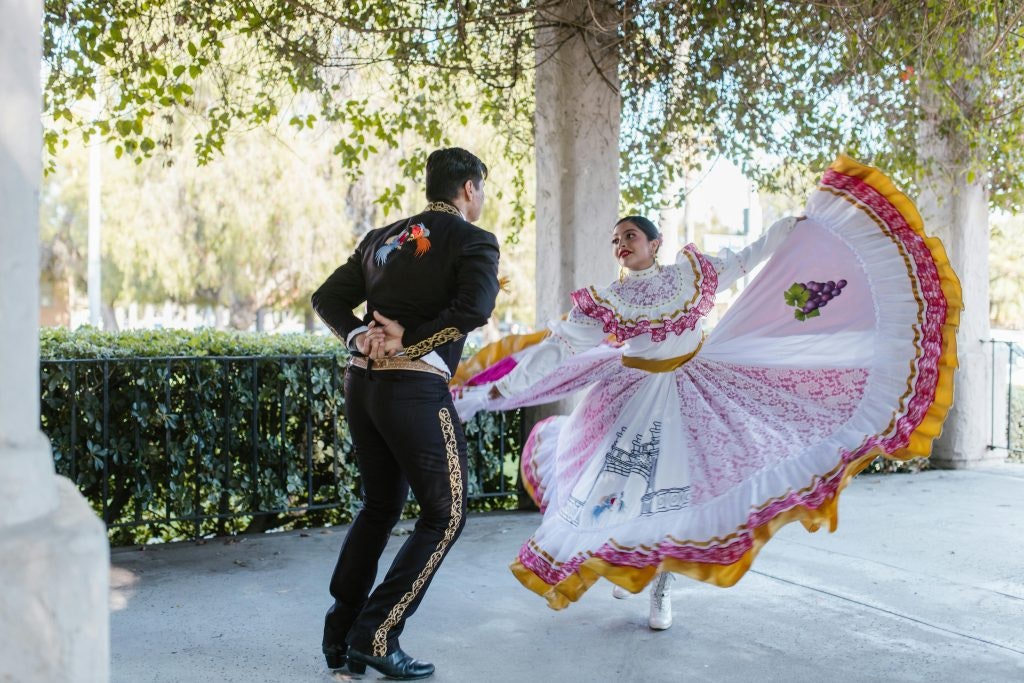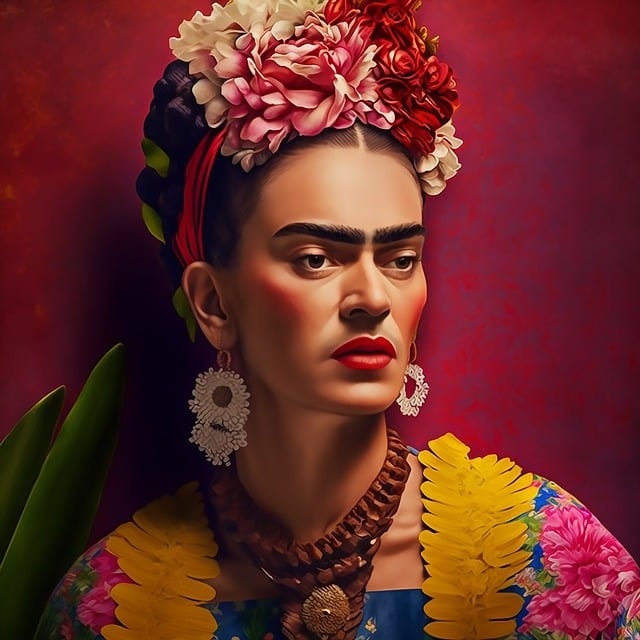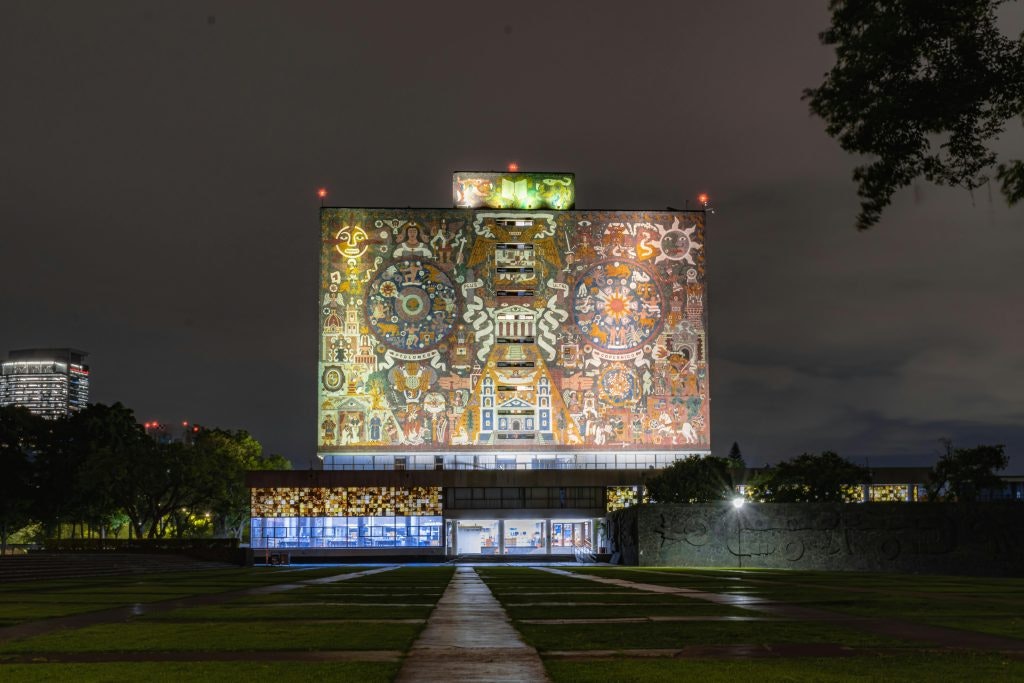Every Cinco de Mayo, my family celebrated with music, laughter, and a colorful mix of traditions we only half understood—but fully enjoyed. I always looked forward to the dancing, the papel picado fluttering like butterflies overhead, and the stories shared by neighbors who had traveled through Mexico.
As I got older, curiosity kicked in. What else was hiding behind those mariachi tunes and festive parades? Spoiler: a lot. From volcanoes that pop up overnight to towns that change color with the seasons, Mexico is full of unexpected wonders—and I’m here to share some of the coolest ones with you.
| Key Facts About Mexico | Details |
| Population | 131,946,900 |
| Official Language | Spanish |
| Currency | Mexican peso |
| Capital | Mexico City |
| Main Religion | Roman Catholic |
| Location | North America |
In this article, I’ll share my favorite fun facts about Mexico.
10 Fun Facts About Mexico

- Mexico City is the largest metropolitan area with 21.8 million people
- Mexican Cuisine was added to the UNESCO list of Immaterial World Cultural Heritage
- Mexico has 68 recognized national languages
- Mexico’s Dia de los Muertos turns grieving into a 2-day remembrance festival
- Mexico fought three wars to shape its modern nation
- Mexico consumes the most Coca-Cola per capita in the world
- Frida Kahlo’s self-portraits revolutionized Mexican art
- FMexico has more Spanish speakers than any other country in the world
- Mexico has the oldest university in North America
- Americans party harder on Cinco de Mayo than Mexicans do


